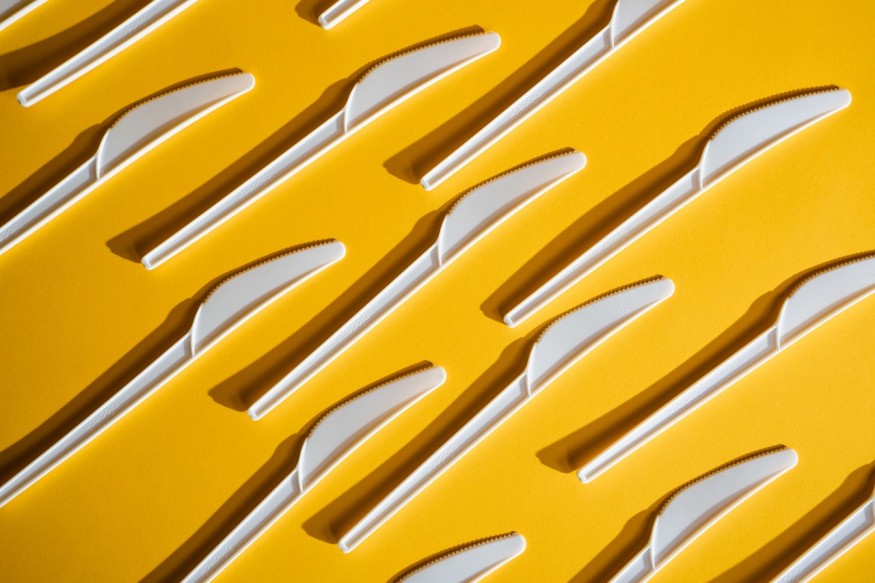Eco-friendly materials are essential for today's standards. These materials are what we need for the planet to move one step ahead from the threats of climate change. One example of eco-friendly materials is biodegradable plastics. The advantage of a true variant allows itself to be degraded and recycled, depending on the end user's preference. To give biodegradable plastics a more valuable utility, experts have managed to add one additional function to the material.
Polylactic Acid Turns Compostable Plastic into Insulation Foams

The University of Canterbury has gone through extensive research to formulate a composition that will allow biodegradable plastics to transition into construction material, specifically an insulation foam. Experts conducted the required steps to achieve the home-building foam once the compostable plastics go through the last phase of their plastic function. The decomposition of the biodegradable plastics was made beneficial through their fermented starch composition. The compound was derived from corn or sugar cane and is most commonly known as polylactic acid or PLA.
Polylactic acid is a chemical composition that has the ability to break down without any toxic or harmful side effects. However, composting procedure is required for the chemical to break. Experts found that when the polylactic acid is fused with plastic chemicals, the process slows down but will be triggered if the biodegradable plastic is left on the ground and decompose for a specific period of time.
Decomposition Through Carbon Dioxide
According to the study, Biodegradable plastics could play a significant role in reducing the uncontrollable pollution experienced on our planet. The research could also help the countries reduce the plastic wastes that are massively produced every day.
The new biodegradable plastics can come in the form of daily essentials such as cutleries that can transition into the insulation on walls and other foam-based structures after a single use. The plastics were examined and observed with the help of the most common gas in our environment.
Carbon dioxide will be the trigger to start the decomposition of PLS-based plastics. In the study, the experts placed the single-use cutleries in a controlled space. When filled with CO2, the plastic gradually dissolved. After the pressure was released from the enclosed space, the biodegradable plastic effortlessly expanded into its insulation foam structure.
University of Canterbury chemical engineering expert and author of the study Heon Park said in a Tech Exporist that creating the perfect foam based on a specific preference is possible with biodegradable plastic. Just a few minor adjustments on the temperature and pressure levels and a preferred foam structure will be produced from the single-use cutleries. And even though not every temperature and pressure rate could form the foam, the Park and their team could record the best levels for expected outcomes.
Plastic to foam transition may even be the perfect match. Park said that plastics lose their strength whenever they are recycled. On the other hand, Foams are ideal objects since their structure does not require any strength in most of their applications. The study was published in the journal Physics of Fluid, titled "Recycling and Rheology Of Poly(Lactic Acid) (PLA) to Make Foams Using Supercritical Fluid."
RELATED ARTICLE : Melting Ice Due to Climate Change Could Cause Underwater Landslides, Tidal Waves in Greenland
Check out more news and information on Climate Change in Science Times.
© 2025 ScienceTimes.com All rights reserved. Do not reproduce without permission. The window to the world of Science Times.











